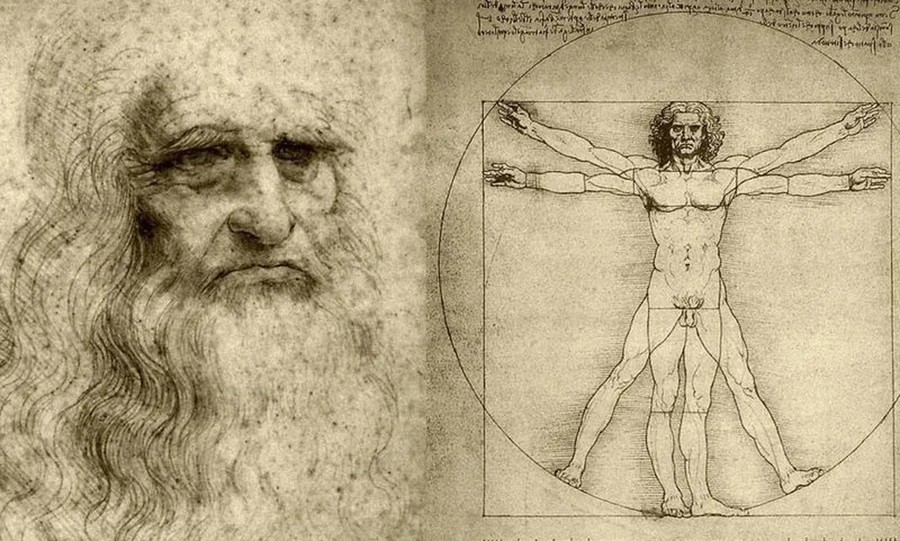Earlier this month, a massive tomb belonging to an unknown Pharaoh was discovered in Egypt. Today, researchers from the Penn Museum shared further details about this remarkable find.
A monumental tomb of an unknown Pharaoh has been discovered by archaeologists in Egypt. As announced today, Thursday, by the researchers, this marks the second royal tomb discovery of the year.
Dr. Josef Wegner for the Penn Museum
According to a report by The New York Times, the team of Egyptian and American archaeologists located the tomb nearly 23 meters below the surface, in Abydos, one of the oldest cities of Ancient Egypt. The tomb is believed to be around 3,600 years old. Located about 480 kilometers south of Cairo, Abydos was historically a burial site for the earliest Pharaohs, resulting in the development of a necropolis on the Anubis mountain to the south of the city.
The researchers revealed that the tomb was found at the base of a high rock in the desert, where strong winds have carried bursts of sand. In fact, in some areas, the sand has buried the structures up to a depth of 5.5 meters!
The Impressive Tomb of the Unknown Pharaoh
Dr. Josef Wegner for the Penn Museum
The burial chamber features a decorated entrance, multiple rooms, and tall vaulted ceilings made of mud bricks. It overshadows a tomb discovered in Abydos a decade ago, which was hailed as the first physical evidence of a "lost" dynasty of kings.
"This is a new chapter in the exploration of this dynasty," said Josef Wegner, curator at the Penn Museum in Philadelphia and head of the American side of the excavation, in an interview.
Earlier this month, Egypt's Ministry of Tourism and Antiquities briefly described the findings in Abydos, but the Penn Museum researchers provided more details about the discovery on Thursday.
The similarities between the newly discovered tomb and one found in 2014, which belonged to a king named Seneb-Kay, led the archaeologists to conclude that the unknown Pharaoh might be an earlier member of the so-called Abydos dynasty.
In the newly discovered tomb, painted scenes on the plastered walls decorate the entrance of the limestone burial chamber, depicting the goddess Isis and her sister Nephthys, who were often paired together in funerary rituals.
"This tomb and the tomb of Seneb-Kay are the first surviving royal tombs that actually have painted decoration inside them," said Wegner.
In the Abydos tomb, no recognizable skeletal remains were found, and much like another tomb discovered this year near the Valley of the Kings, it has suffered significant damage over the years.
It is worth noting that the tomb was likely looted by tomb robbers, as a large recess in the burial chamber for the canopic jars—vessels for organs, usually stored in a gilded box—was found empty. However, the archaeologists discovered pottery and inscriptions around Abydos indicating that, during the late Roman period—around 1,700 years ago—people dug into the tombs to extract the limestone, granite, and quartzite materials within.
Whose Tomb Is It?
Although the name of the ruler in the recently excavated tomb was once visible on the yellow strips of hieroglyphic text, the actions of ancient tomb robbers had rendered it illegible.
"They did enough damage to the decoration that we only have the base of what would have been the columns of the identifying text," Wegner remarked.
Kathryn Howley, an archaeologist at New York University, commented, "This is a truly significant find. It sheds light on a period when ancient Egypt was fragmented between competing powers, leaving fewer material remains for researchers to study today," adding, "In other words, we don’t have a huge volume of primary material to work with, which makes a new discovery like this so exciting. It really has the potential to rewrite the history of ancient Egypt."
Wegner, noting that the skeleton of Seneb-Kay suggests he may have died in battle, said the period seems to represent "a phase of warrior Pharaohs fighting."
However, the new findings suggest that the Abydos dynasty was not "some sort of flash in the pan, where we have a handful of kings breaking away from the original territory to which they belonged."
Wegner stated there are several candidates for who could have been buried in this tomb, including two kings named Senaiib and Paentjeni, who dedicated monuments in Abydos. He added that the team plans to manage and protect the site, with plans to continue excavating in search of other sites and tombs.
"It’s always our dream to find one that’s intact or partially intact. There may still be such tombs out there," concluded Wegner, curator at the Penn Museum.









